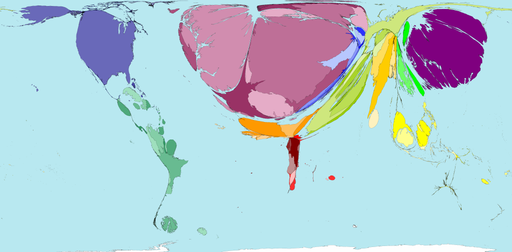The Global Trees Campaign says that 131 of 245 wild Magnoliaceae are threatened worldwide. According to this press release from BGCI:
The significance of this potentially catastrophic loss lies not only in the threat to the genetic diversity of the family, but also because they are a highly sensitive indicator of the well-being of the forests in which they are found. Magnolias are among the most ancient groups of flowering plants and have long been cultivated by mankind.
You can download a PDF of the new Magnoliaceae Red List. The publication of the red list has been widely covered by the press, including New Scientist. Many species have medicinal uses and some are used for food.
Predictably, protected areas are highlighted as an important approach to the conservation of these species, particularly in their hotspot in southern China. A separate new study
concludes that protected areas are necessary for preventing the loss of species due to climate change – provided that shifts in species’ ranges are factored into early analysis of whether to expand current protected areas or create new ones.
The new red list includes distribution maps of all magnolias, clearly an important first step.

